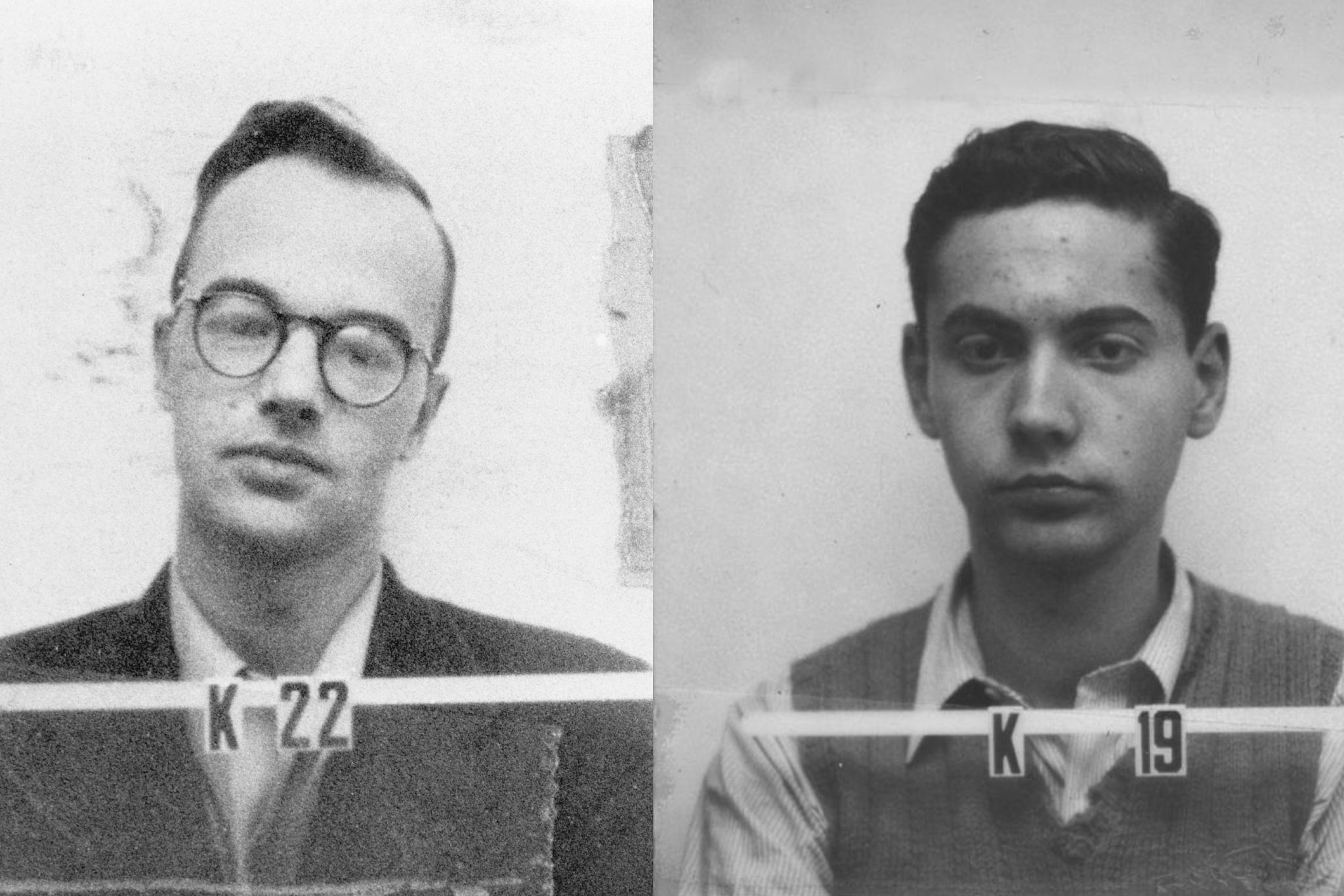The real spies at Los Alamos during Oppenheimer’s atomic bomb research
For all the security measures put in place, America’s most top-secret location during World War II was a leaking ship. While government counterintelligence officials fretted about Robert Oppenheimer’s ties to communist sympathizers, a handful of actual spies were in their midst at Los Alamos.
Embarrassingly for the U.S. government, the moles within the Manhattan Project were amateurs with no experience in spycraft. One of them was Ted Hall, the youngest physicist at Los Alamos at just 18 years old. Although only a teenager, Hall had the foresight to worry about the world as it would be after the creation of nuclear weapons.
“It seemed to me that an American monopoly was dangerous and should be prevented,” he would later say. “I was not the only scientist to take that view.”
On a two-week leave from Los Alamos, Hall simply walked into a Soviet trade office in New York City and gave them his notes on the Manhattan Project. For the remainder of the war, and into his postwar career working on the hydrogen bomb at the University of Chicago, Hall continued passing nuclear secrets to the Soviet Union. The FBI questioned and released him in 1951, and he escaped punishment allegedly because there wasn’t enough evidence to conclusively pin him down as a spy.
Los Alamos’ most famous spy is physicist Klaus Fuchs, a refugee from Germany. Born there in 1911, he was a member of the German Communist Party and thus forced to flee the Nazis in 1933. When he arrived in England, he was recruited for the British nuclear program code-named Tube Alloys. Fuchs became a British citizen in 1942, at which time he signed the Official Secrets Act barring him from giving classified information to foreign governments.
Fuchs was part of an emissary of English scientists who were sent to assist the Manhattan Project. Once in America, Fuchs was contacted by Soviet agent Harry Gold. Through Gold, Fuchs would begin passing nuclear secrets straight from Los Alamos. Fuchs got even more access to the inner workings of the Manhattan Project when mercurial physicist Edward Teller refused to do the calculations he’d been hired for; that task was then given to Fuchs. No one suspected a thing.
“If he was a spy,” head of the theoretical division Hans Bethe later told the FBI, “he played his role beautifully.”
Hall and Fuchs weren’t aware they were both sending secrets to the Soviet Union, which was a valuable setup for their spymasters. Unknowingly, Hall and Fuchs corroborated each other’s tips.
It wasn’t until 1949 that U.S. Army intelligence decrypted Soviet cables that revealed Fuchs’ involvement as a spy. He was arrested and charged by the British government with violating their Official Secrets Act; Fuchs served nine years in prison for the offense.
Although they couldn’t know the full impact of their actions at the time, spies like Fuchs and Hall changed the world forever. It’s believed they gave the Soviet Union a jump start of at least a year on their nuclear program, putting them within touching distance of the U.S. almost as soon as the war ended.
Bettmann/Bettmann Archive
Consequentially for Cold War history, Fuchs’ arrest also started the series of events that would end in the execution of Julius and Ethel Rosenberg. Once in custody, Fuchs gave up Harry Gold’s name. Arresting Gold would lead to David Greenglass, a machinist who worked at both the Los Alamos and Oak Ridge nuclear facilities. Greenglass, along with his sister Ethel Greenglass Rosenberg and her husband Julius, were all passing secrets to the Soviets. Greenglass’ testimony against his sister was key in condemning her; the Rosenbergs were the only civilians executed in the U.S. for espionage during the Cold War.
Source: SFGATE


